The Knowledge Hub
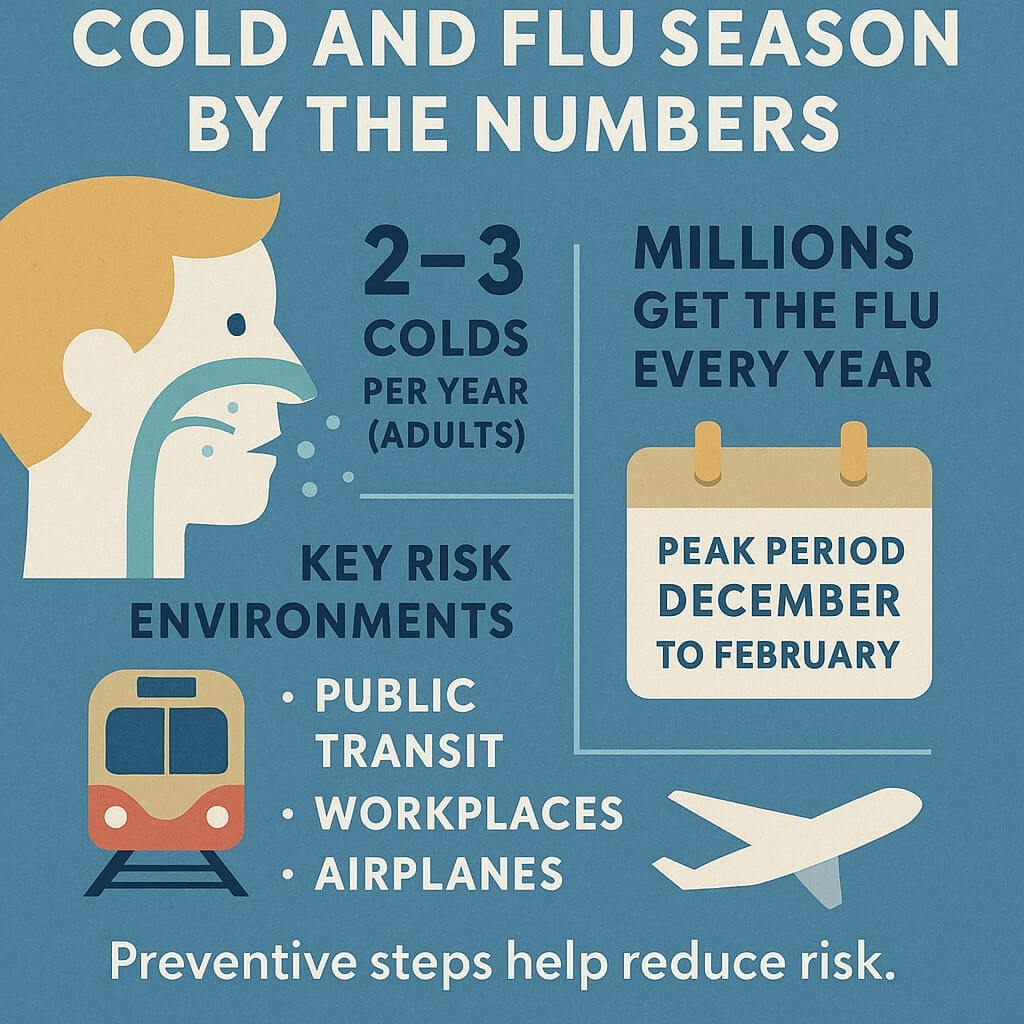
Cold and Flu Season by the Numbers: What the Data Tells Us About Staying Well
By Udi Damari on Jun 02, 2025 0 CommentEvery year, as temperatures drop, cold and flu cases start to rise. Offices empty out, pharmacies run low on tissues, and suddenly everyone is talking about “catching something.” But beyond the anecdotal stories and seasonal habits, the numbers tell a clear and compelling story about how illness spreads—and how we can better protect ourselves.
How Common Are Colds and Flu?
Let’s start with the basics. According to the CDC, adults catch an average of 2–3 colds per year, while children may experience even more. The flu, while less frequent, affects millions of people annually in the United States alone, with hundreds of thousands hospitalized and tens of thousands of deaths in severe seasons.
Most cold and flu viruses spread through tiny airborne droplets that enter through the nose—making it the primary entry point for exposure.
When Does the Risk Peak?
In the Northern Hemisphere, flu season typically starts in October and peaks between December and February, sometimes stretching into March or April. The timing may vary, but one thing remains consistent: the colder months bring more indoor activity, closer contact between people, and drier air—all factors that increase the risk of transmission.
Humidity matters too. Studies have shown that low humidity levels, common in heated indoor environments during winter, can help viruses survive longer in the air and travel farther.
Key Risk Environments
While germs are everywhere, certain environments are linked to higher rates of transmission:
-
Public transportation (trains, buses, subways)
-
Workplaces with shared equipment or closed spaces
-
Airplanes and airports
-
Gyms and locker rooms
-
Family gatherings and social events
Even a few minutes in these spaces can be enough for exposure, especially if your immune system is under stress or your nasal passages are dry.
So, What Actually Helps?
According to public health agencies, the best steps you can take include:
-
Washing your hands regularly
-
Staying home when feeling unwell
-
Avoiding close contact with those who are sick
-
Supporting your immune system with rest, hydration, and balanced nutrition
-
Keeping your nasal passages clean and moist, especially after exposure
No single habit is a silver bullet, but taken together, these steps reduce risk significantly.
Final Thought
Cold and flu season isn’t just a time of year—it’s a pattern backed by data. And while we can’t eliminate every risk, we can understand where and how we’re most vulnerable. With the right habits, a bit of awareness, and early action when needed, staying well during the high season becomes much more manageable.


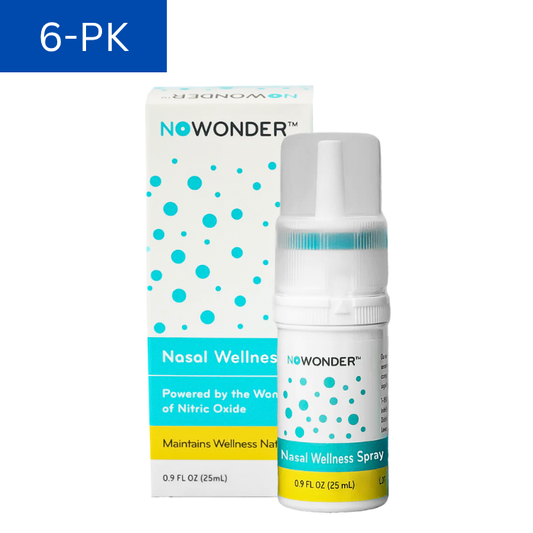
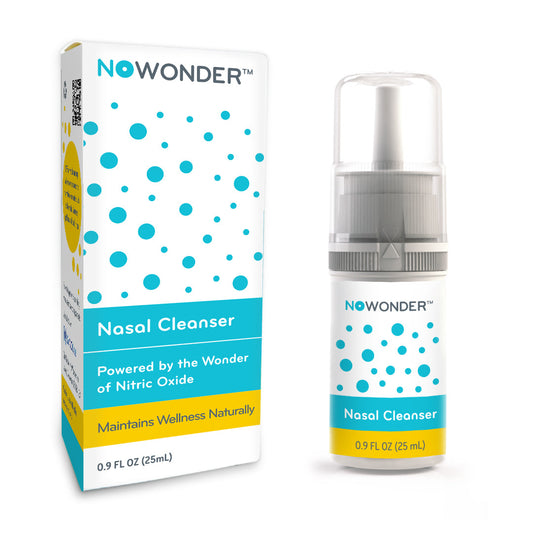
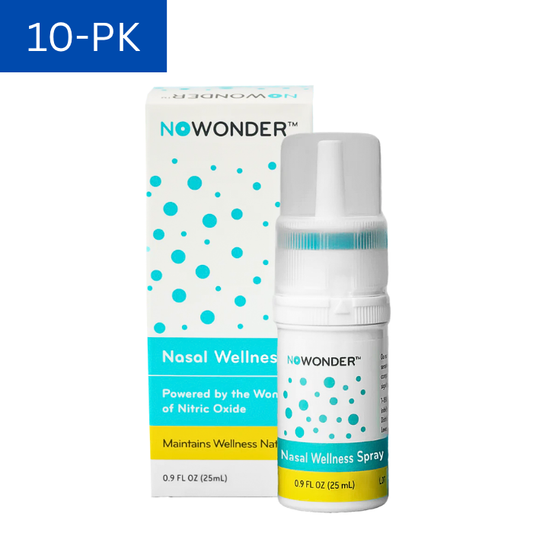
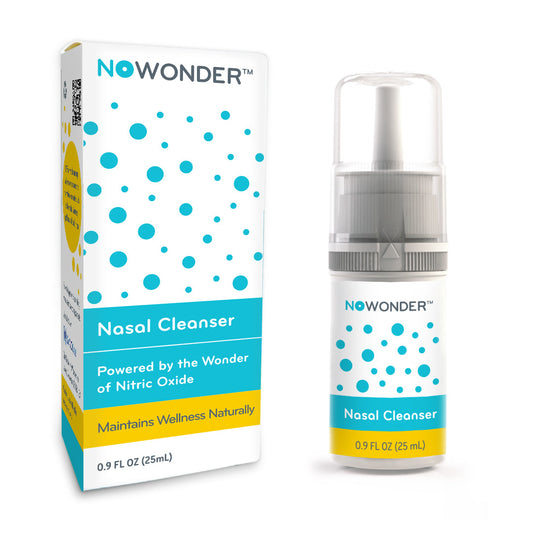
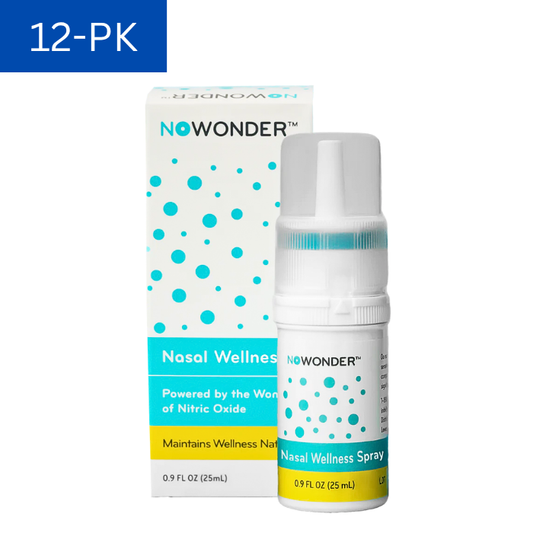
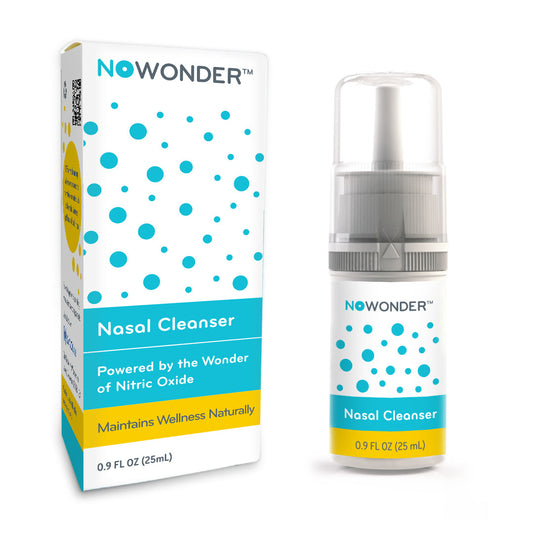



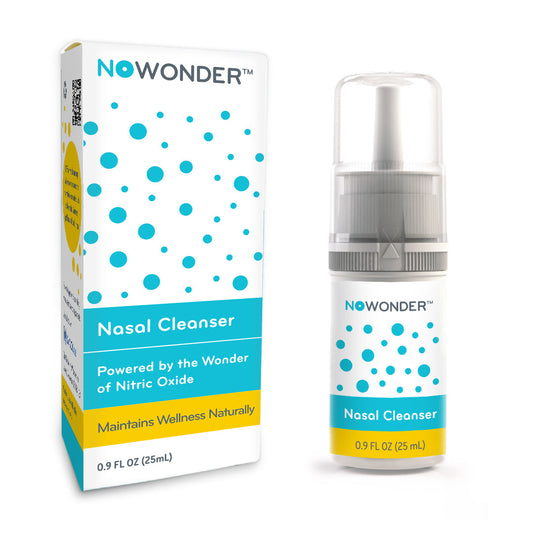

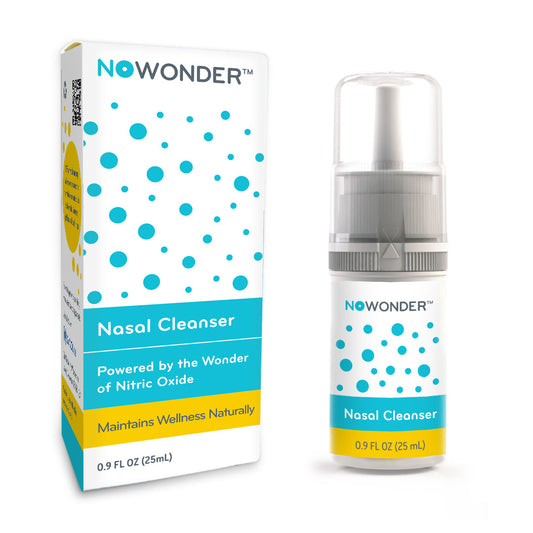

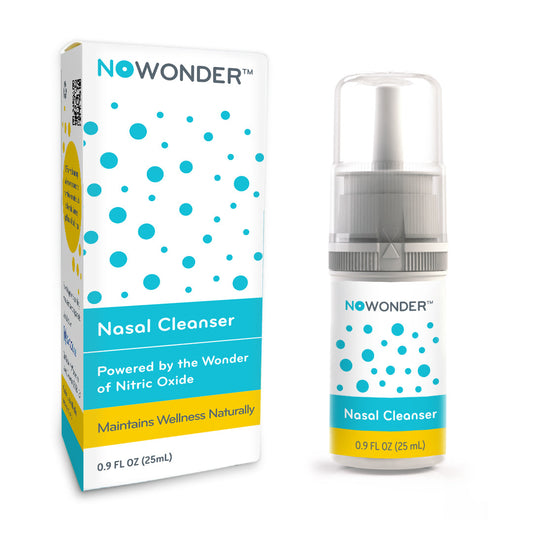



LEAVE A COMMENT